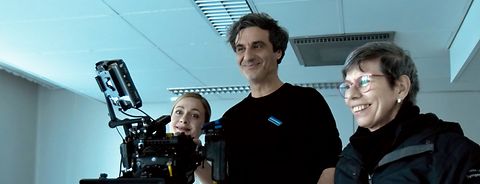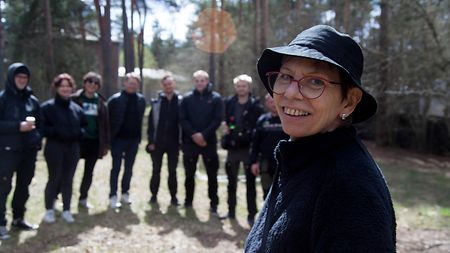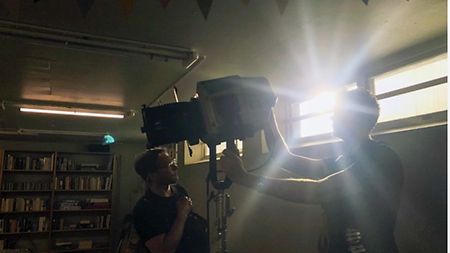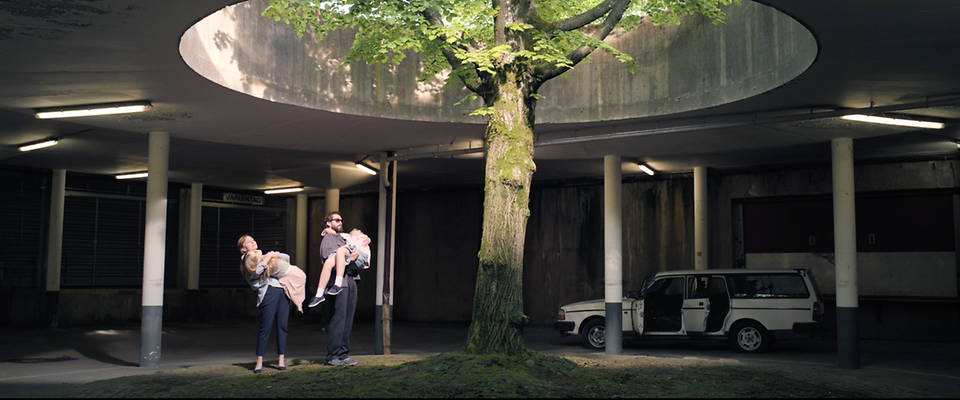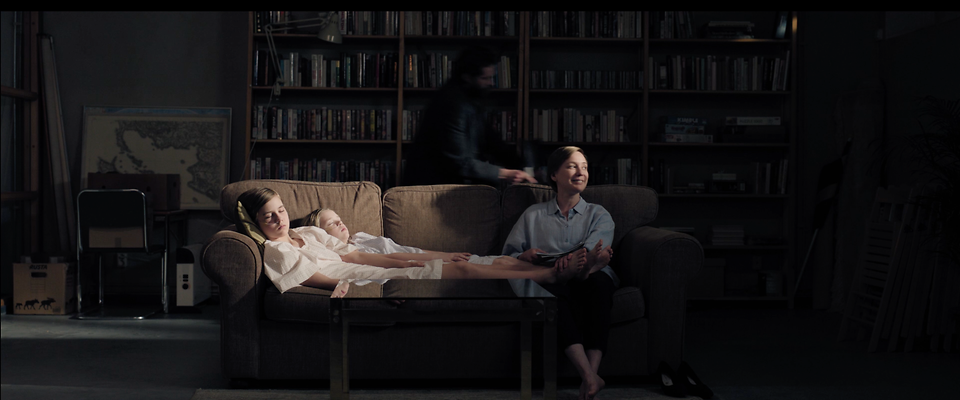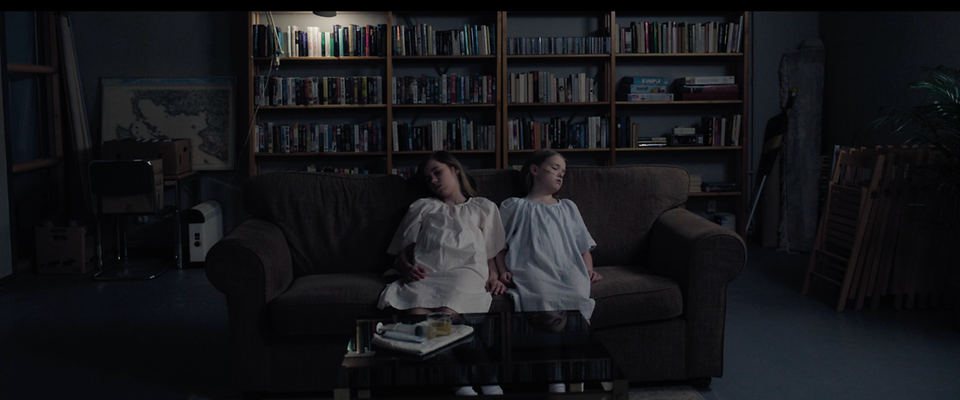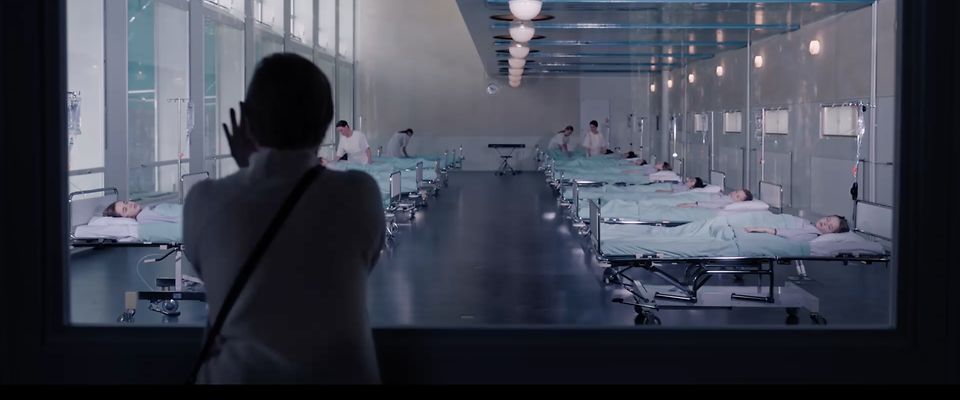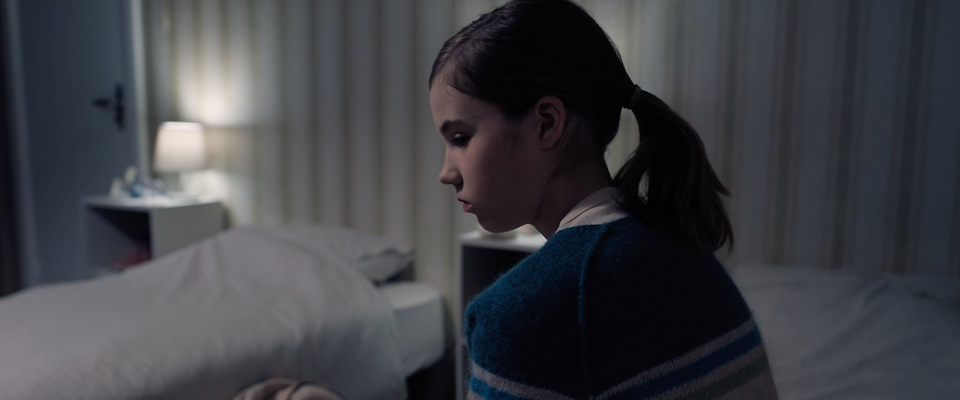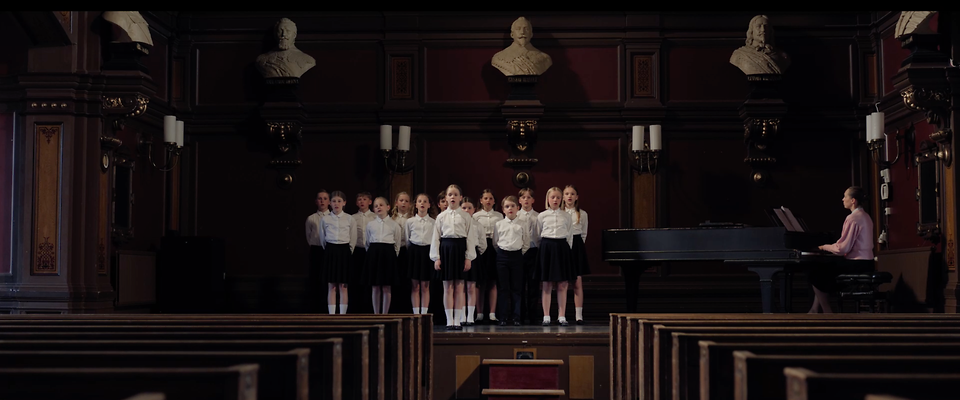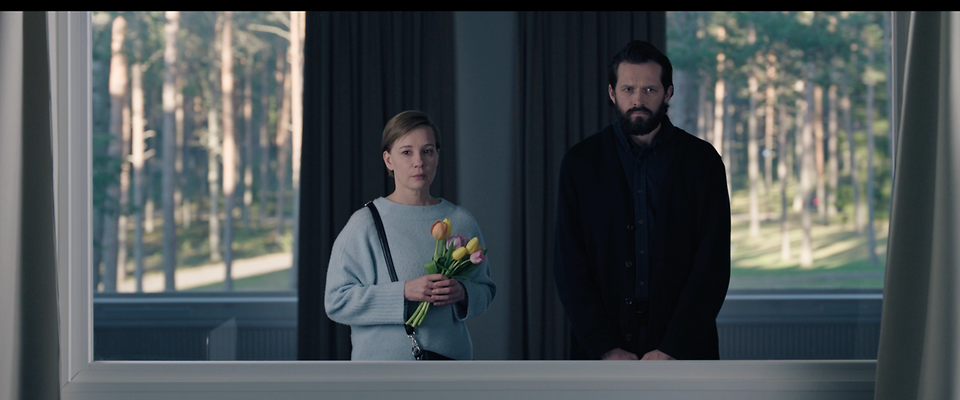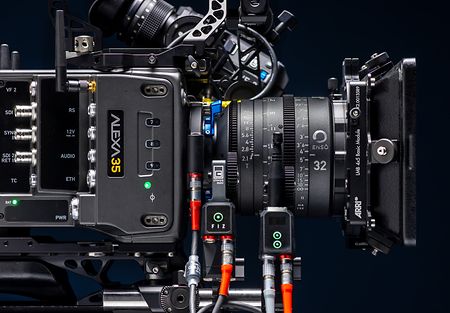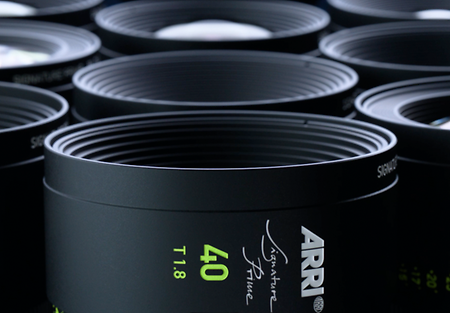Premiering in the Orizzonti section of the Venice Film Festival in 2024, “Quiet Life” tells the chilling tale of a Russian family seeking asylum in Sweden. Inspired by real events, the film highlights the phenomenon of Child Resignation Syndrome, a disorder where children completely withdraw into themselves in a coma-like state. In “Quiet Life,” this phenomenon is seen with the daughters of the Russian family, who collapse after the family’s asylum application is rejected.
Under the direction of Alexandros Avranas, cinematographer Olympia Mytilinaiou captured the feature film with the ALEXA 35 and Signature Prime lenses, taking full advantage of ARRI’s advanced tools to achieve a visually compelling aesthetic. A combination of stable tracking shots and dynamic circular movements was employed, ensuring precision and emotional impact in every scene. In an interview with ARRI, DP Mytilinaiou explains how camera and lighting supported her visual approach to the film.
How did a collaboration with director Alexandros Avranas come about?
“Quiet Life” wasn’t the first time I worked with Alexandros Avranas. A few years ago, we joined forces on “Miss Violence” which won the Silver Lion at the Venice Film Festival. That collaboration went very well but I wasn’t able to team up with him again until the opportunity arose for “Quiet Life.” For this film we shot in several locations in Estonia, Finland, and Sweden over the course of four months, approximately from March through June.
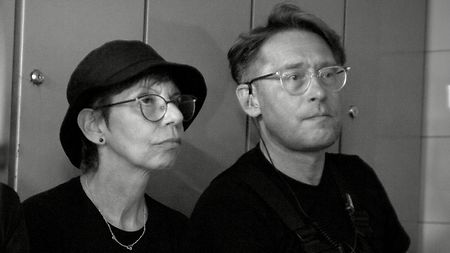
DP Olympia Mytilinaiou with gaffer Ville Penttilä (right)
What were your biggest challenges on set?
One of the challenges was the fact that I’m from Greece, where the light is completely different compared to Nordic countries. There, the sky is quite flat, almost white, with very soft contrasts. Even the sunlight was gentler, not intense but more diffused. I tried to capture this feeling in the film, to convey exactly where the story takes place.
Because “Quiet Life” has a lot of interior scenes, the lighting needed to remain cold, reflecting the fact that the story unfolds in a cold country like Sweden. It’s also a way to show how brutal the situation is for political asylum-seekers, as the story touches on what refugees are experiencing after they manage to escape from their homeland. Gradually during the film, the environment warms up a bit—still not entirely warm, but somewhat more welcoming. This change mirrors the family’s journey as they try to distance themselves from the system and the local government—especially after their youngest daughter suffers from Child Resignation Syndrome which is the story’s main focus.
Can you describe your visual approach to “Quiet Life”?
My inspiration usually comes from paintings rather than other films. This approach helps me to avoid limitations imposed by varying budgets and equipment. Instead, I find the best resources are the people I collaborate with, such as gaffers and focus pullers. Also, despite “Quiet Life” not being a high-budget production, using the right camera and lenses can create the illusion of greater resources. Therefore, when working with a limited budget, having top-quality camera equipment and lenses becomes even more important.
Is that why you chose ALEXA 35 for this project?
The ALEXA 35 is an outstanding tool for storytelling. Its unique features and impressive capabilities, including its dynamic range, make it both enjoyable and intuitive to use. In filming “Quiet Life,” I found the camera to be excellent: very clean, with no grain, which was important to me. Coming from an analog film background, I now have access to the same latitude and depth of field I was used to with film.
